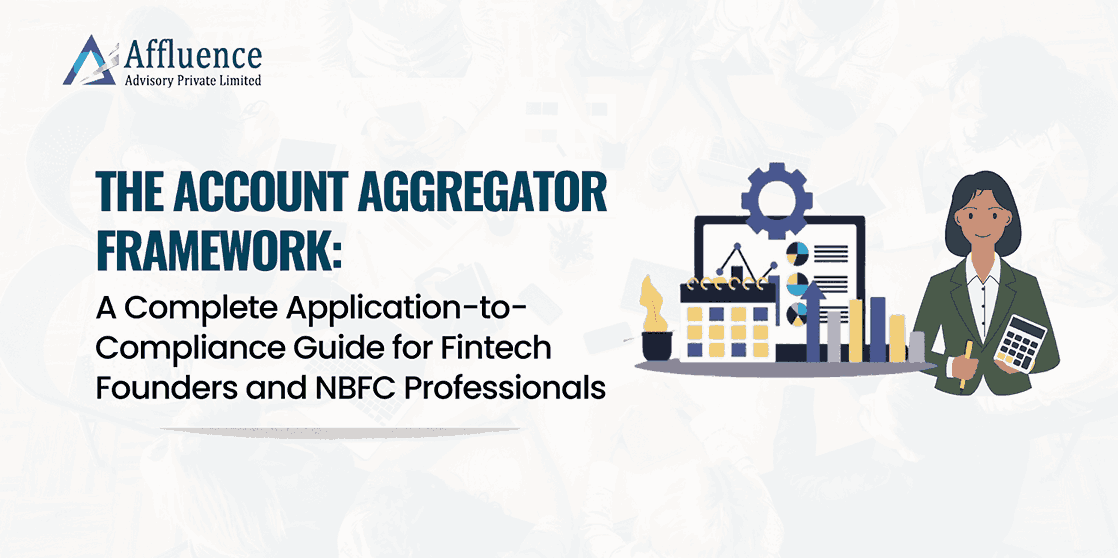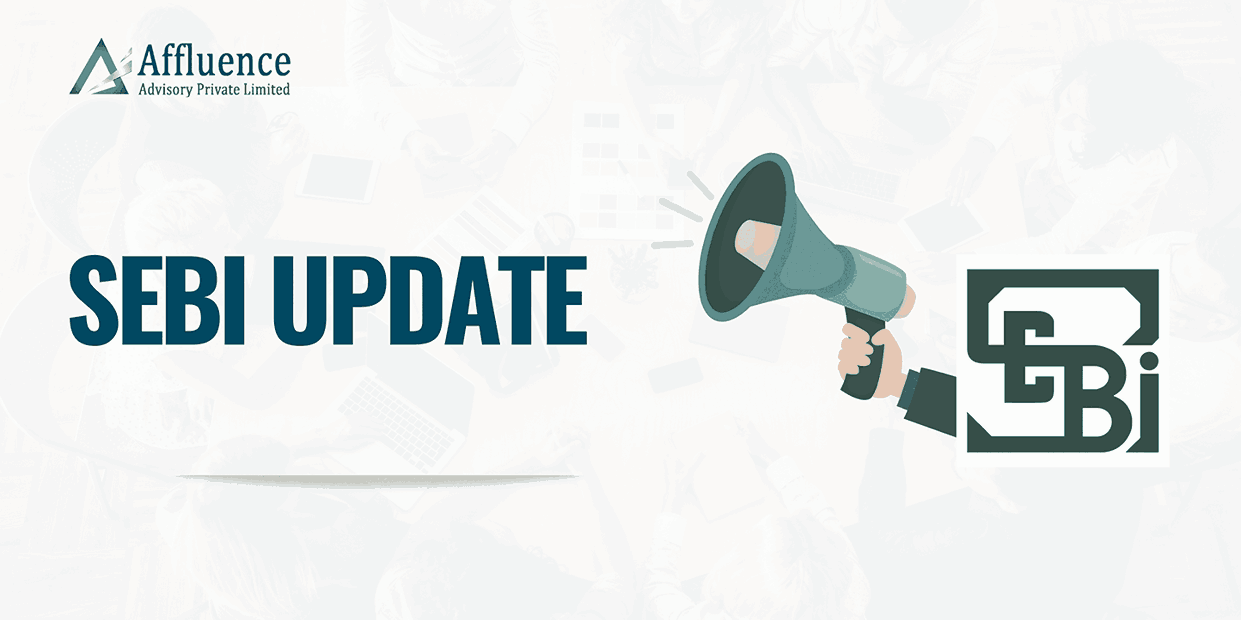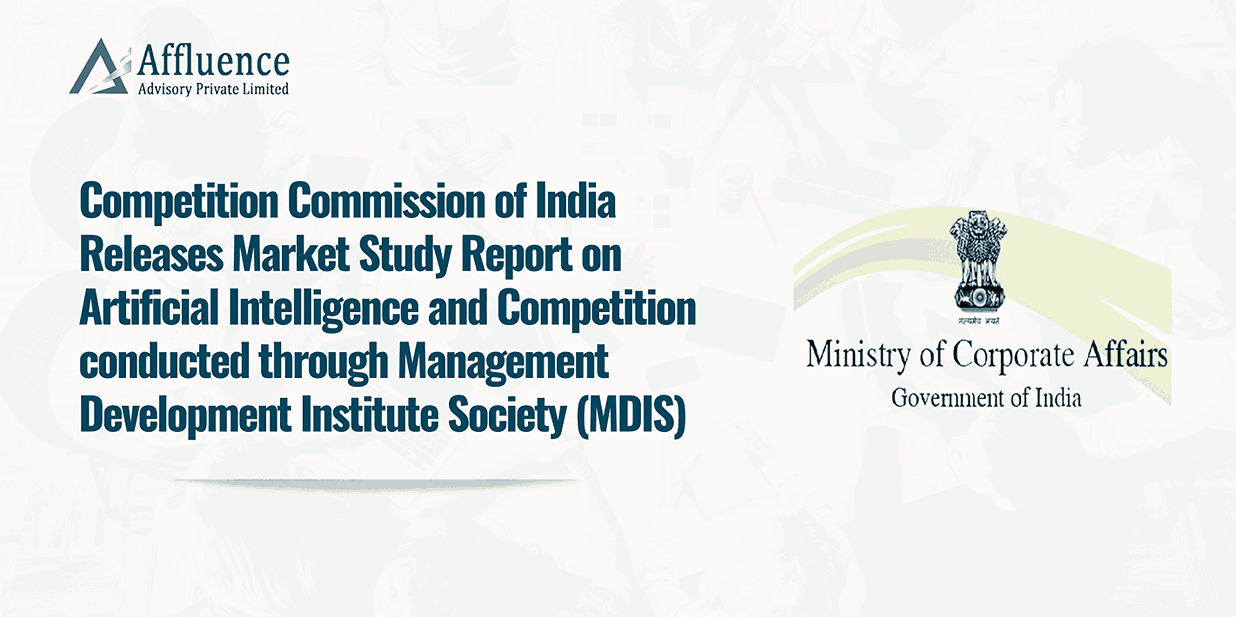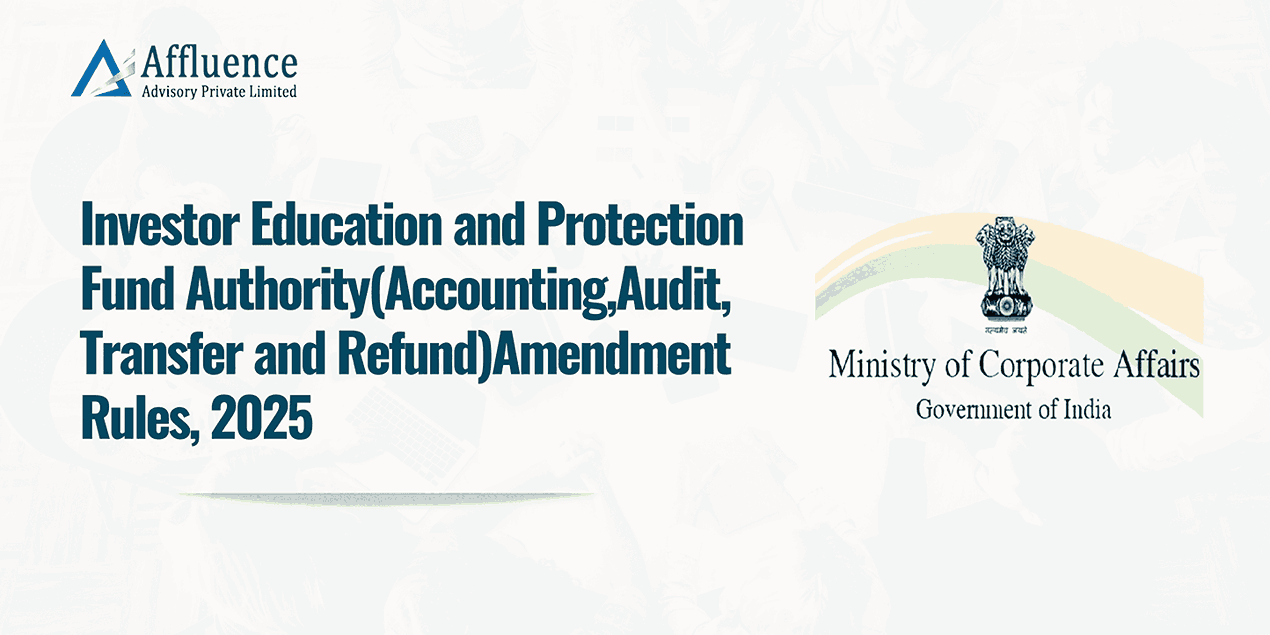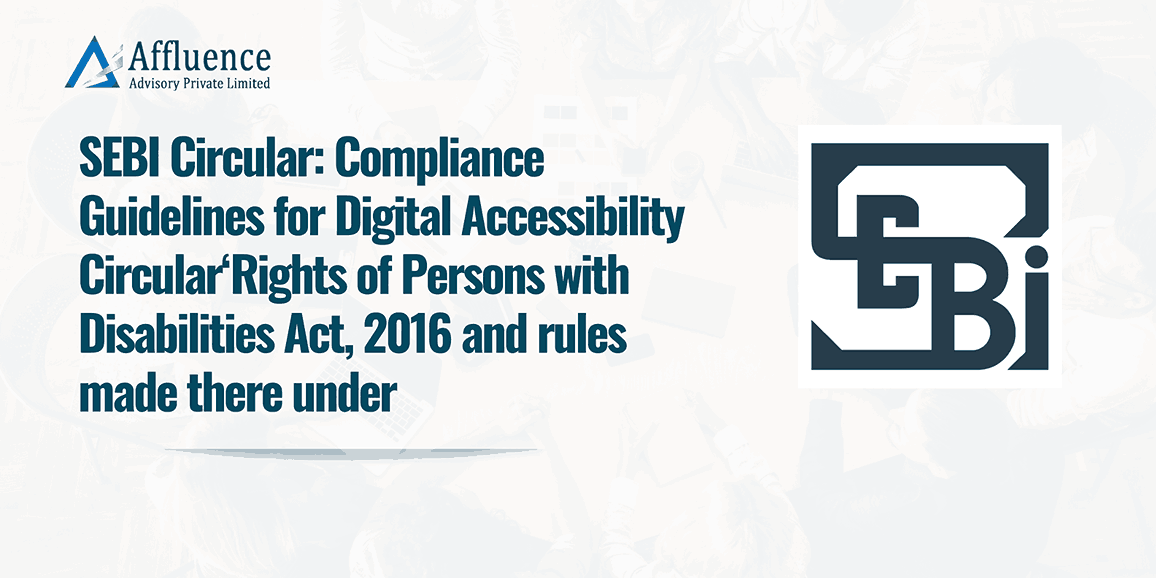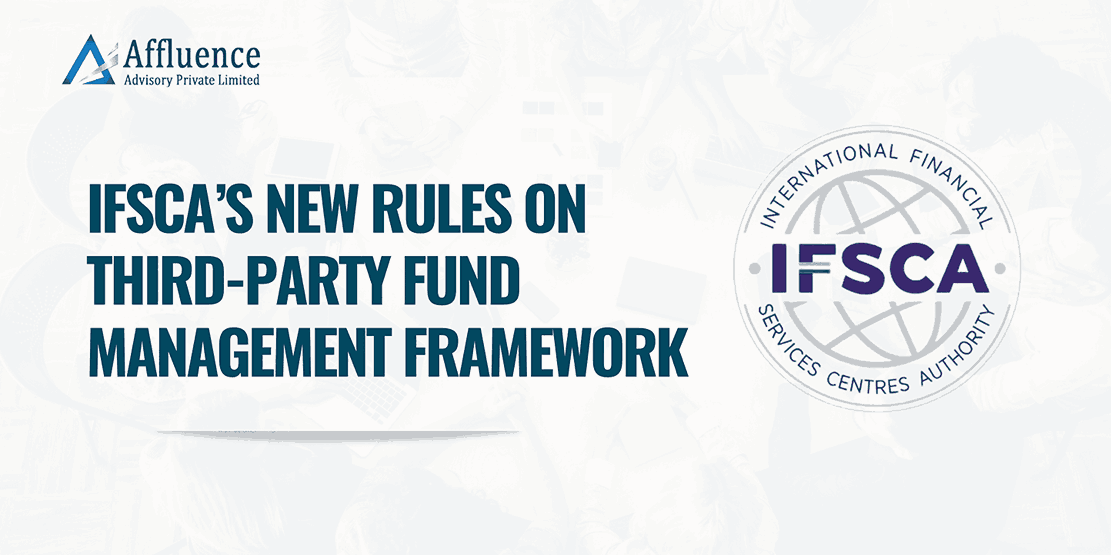The Evolving Digital Transformation
The term “Digital Transformation” in regulatory compliance describes the application of technology-driven solutions to improve and expedite procedures linked to industry and legal compliance. Compliance management used to entail a lot of paperwork, manual labor, and reactive tactics. But because of the development of digital technology, businesses may now transform their compliance procedures by utilizing automation, data analytics, artificial intelligence, and cloud computing.
Technology is rapidly changing the way businesses operate, and corporate governance must evolve to keep pace. Digital transformation brings about new business models, operational processes, and different ways of interacting with customers and stakeholders. As a result, governance structures and practices must be reevaluated and updated to ensure they remain relevant and effective.
Let Us Discuss Some Key Technologies Driving Transformation In The Regulatory Compliances:
- Artificial Intelligence (AI) and Machine Learning (ML)
AI and ML are changing how companies handle regulatory compliance by automating complicated tasks and offering advanced data analysis. These technologies can quickly look through large amounts of information, find patterns, and predict potential compliance problems. This helps companies address issues before they become serious.
- Blockchain Technology
Blockchain provides a safe and clear way to handle and check transactions and data. For regulatory compliance, blockchain can create unchangeable records, ensuring data stays accurate and making audits and reporting easier.
- Robotic Process Automation
RPA handles boring and repetitive tasks like entering data and checking documents, which reduces mistakes made by people and allows compliance workers to focus on more important tasks.
Around the world, RPA is changing sectors, and India is no different. It increases production, lowers expenses, and simplifies processes. RPA has a key role in both banks and retail chains. Notably, with a 20.8% CAGR, India has the fastest growth rate in the worldwide RPA industry. 84% of Indian firms are expected to adopt RPA by 2025, according to a survey conducted by IDC and UiPath.
- Cloud Computing
The adoption of cloud computing allows for the centralization and accessibility of compliance-related data. It offers scalability, flexibility, and cost-efficiency, making it easier for companies to manage compliance across different regions and departments.
- Big Data and Analytics
Big data analytics enable organizations to process and analyze large volumes of data to gain insights into compliance trends and risks. This helps in making informed decisions and ensuring compliance with regulatory requirements.
Benefits of Digital Transformation in Regulatory Compliance
The integration of these technologies into regulatory compliance processes offers numerous benefits:
- Better Efficiency
Automation and advanced analytics save a lot of time and effort, allowing organizations to use their resources more efficiently to maintain compliance.
- Greater Accuracy
Digital tools improve the accuracy of compliance reporting and monitoring while reducing the possibility of human error.
- Proactive Compliance Management
Companies can lower the risk of non-compliance by identifying and addressing compliance concerns early on thanks to predictive analytics and real-time monitoring.
- Enhanced Transparency and Accountability
A public and auditable record of compliance actions is made possible by blockchain technology and other digital tools, which promotes accountability and confidence.
- Cost Savings
By streamlining compliance processes and reducing the need for manual intervention, organizations can achieve significant cost savings.
Challenges and Considerations
While the benefits of digital transformation in regulatory compliance are clear, there are also challenges and considerations that organizations must address:
- Rapid Pace of Technological Change
The speed at which technology evolves means that governance structures and policies can quickly become outdated. Companies must be agile and responsive, continuously updating their governance practices to keep pace with technological advancements.
- Data Privacy and Security
The digital age has brought about an explosion of data, which can be a valuable asset for companies. However, it also raises significant privacy and security concerns. Companies must have robust governance structures in place to ensure that they are collecting, storing, and using data responsibly and securely.
- Regulatory Complexity
As technology evolves, so does the regulatory landscape. Companies must navigate a complex web of laws and regulations, which can vary significantly across different jurisdictions. Ensuring compliance requires a deep understanding of the regulatory environment and a proactive approach to governance.
- Skill Development
The adoption of new technologies necessitates the development of new skills and competencies among compliance professionals. Continuous training and development programs are crucial to keep pace with technological advancements
Also Read: Secretarial Audit compliance under Companies Act, 2013
Here Are Some Best Practices for Balancing Innovation and Compliance
- Promote a Culture of Innovation and Compliance
It’s important to create a work environment that values both innovation and compliance. Employees at all levels should be encouraged to think creatively and push boundaries while also understanding the importance of following legal and ethical standards.
- Adopt Flexible Governance Structures
Governance structures should be adaptable to keep up with fast-changing technology. This means regularly reviewing and updating governance policies and practices.
- Invest in Technology and Talent
To balance innovation and compliance, companies must invest in the right technology and skilled employees. This includes advanced security measures to protect data and hiring experts in both technology and regulatory compliance.
- Commit to Continuous Learning and Development
In the digital age, continuous learning is essential. Companies should offer ongoing training and development opportunities to ensure employees stay updated with the latest technological advancements and regulatory requirements.
- Define Clear Accountability
Clear lines of accountability are crucial for good governance. Companies should clearly define and communicate roles and responsibilities related to innovation and compliance.
- Perform Regular Risk Assessments
Regular risk assessments are essential to identify potential vulnerabilities and ensure governance structures are effective. Companies should thoroughly assess their governance practices, technology systems, and operational processes.
- Engage with Stakeholders
Engaging with stakeholders, including shareholders, employees, customers, and regulators, is key to effective governance. Companies should maintain open communication and seek feedback on their governance practices and policies.
- Practice Transparency
Transparency is a fundamental principle of good governance. Companies should be open about their governance practices, including how they balance innovation with regulatory compliance.
CONCLUSION
New-age digital transformation is reshaping regulatory compliance, offering unprecedented opportunities for efficiency, accuracy, and proactive management. By leveraging advanced technologies such as AI, blockchain, RPA, and cloud computing, organizations can navigate the complex regulatory landscape with greater agility and confidence.
However, to fully realize the benefits of digital transformation, companies must address challenges related to data security, regulatory alignment, integration, skill development, and change management. As the digital era continues to evolve, the future of regulatory compliance will be defined by those who embrace and innovate with these transformative technologies.
In the digital age, striking a balance between innovation and regulatory compliance is a challenging but crucial part of corporate governance. The ultimate objective is to develop a governance framework that ensures the firm runs morally and responsibly while also encouraging innovation and growth. In the digital age, businesses may ensure their long-term profitability and foster trust with stakeholders by striking this balance.
Disclaimer: This article provides general information existing at the time of preparation and we take no responsibility to update it with the subsequent changes in the law. The article is intended as a news update and Affluence Advisory neither assumes nor accepts any responsibility for any loss arising to any person acting or refraining from acting as a result of any material contained in this article. It is recommended that professional advice be taken based on specific facts and circumstances. This article does not substitute the need to refer to the original pronouncement
CLICK HERE DOWNLOAD PDF



